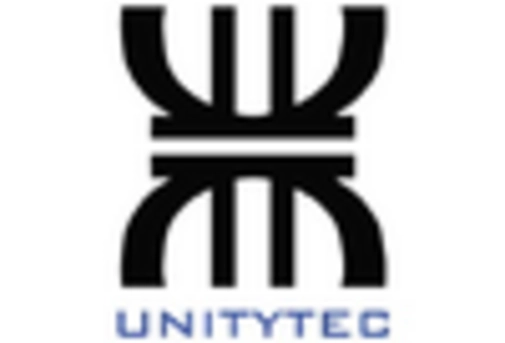Technological Advancements in AR VR
The rapid evolution of technology in the AR VR-aviation market is a pivotal driver. Innovations in hardware, such as lightweight headsets and high-resolution displays, enhance user experience and training effectiveness. The integration of artificial intelligence and machine learning into AR VR applications allows for more personalized and adaptive training solutions. As of 2025, the market is projected to reach approximately $10 billion, reflecting a compound annual growth rate (CAGR) of around 30% over the next five years. This growth is largely attributed to the increasing adoption of AR VR technologies in pilot training and simulation, which significantly reduces training costs and time. The AR VR-aviation market is thus positioned to benefit from these technological advancements, leading to improved operational efficiency and safety in aviation.
Expansion of Remote Training Capabilities
The expansion of remote training capabilities is emerging as a vital driver for the AR VR-aviation market. With the increasing need for flexible training solutions, AR VR technologies enable remote access to high-quality training modules. This is particularly beneficial for airlines and training centers that face geographical constraints. By 2025, it is expected that remote training solutions will account for over 40% of the training market, driven by the convenience and effectiveness of AR VR applications. The AR VR-aviation market is thus likely to see a surge in demand for remote training tools that facilitate real-time feedback and assessment, enhancing the overall training experience.
Increased Investment in Aviation Training
Investment in aviation training is a crucial driver for the AR VR-aviation market. As airlines and training institutions recognize the cost-effectiveness and efficiency of AR VR solutions, funding for these technologies has surged. In 2025, it is estimated that the aviation training sector will allocate over $2 billion specifically for AR VR technologies. This investment is aimed at enhancing pilot training, maintenance procedures, and safety protocols. The AR VR-aviation market is likely to see a significant uptick in demand for immersive training environments that can simulate real-world scenarios without the associated risks. Consequently, this influx of capital is expected to accelerate the development and deployment of AR VR applications, further solidifying their role in modern aviation training.
Growing Demand for Enhanced Safety Protocols
The increasing emphasis on safety in aviation is a significant driver for the AR VR-aviation market. Airlines and training organizations are under constant pressure to improve safety measures and reduce human error. AR VR technologies provide immersive training experiences that can simulate emergency situations, allowing pilots and crew to practice responses in a controlled environment. As of 2025, the market is projected to grow by 25% due to the heightened focus on safety training. The AR VR-aviation market is thus positioned to play a critical role in developing comprehensive safety training programs that meet the evolving demands of the aviation sector.
Regulatory Support for Innovative Technologies
Regulatory bodies in the aviation sector are increasingly supportive of innovative technologies, which serves as a key driver for the AR VR-aviation market. The Federal Aviation Administration (FAA) has begun to recognize the potential of AR VR in enhancing safety and training standards. As regulations evolve to accommodate these technologies, the AR VR-aviation market is likely to experience accelerated adoption rates. By 2025, it is anticipated that new guidelines will facilitate the integration of AR VR solutions into standard training protocols, thereby enhancing compliance and safety measures. This regulatory support not only encourages investment but also fosters innovation, allowing companies to explore new applications of AR VR in aviation.






















Leave a Comment